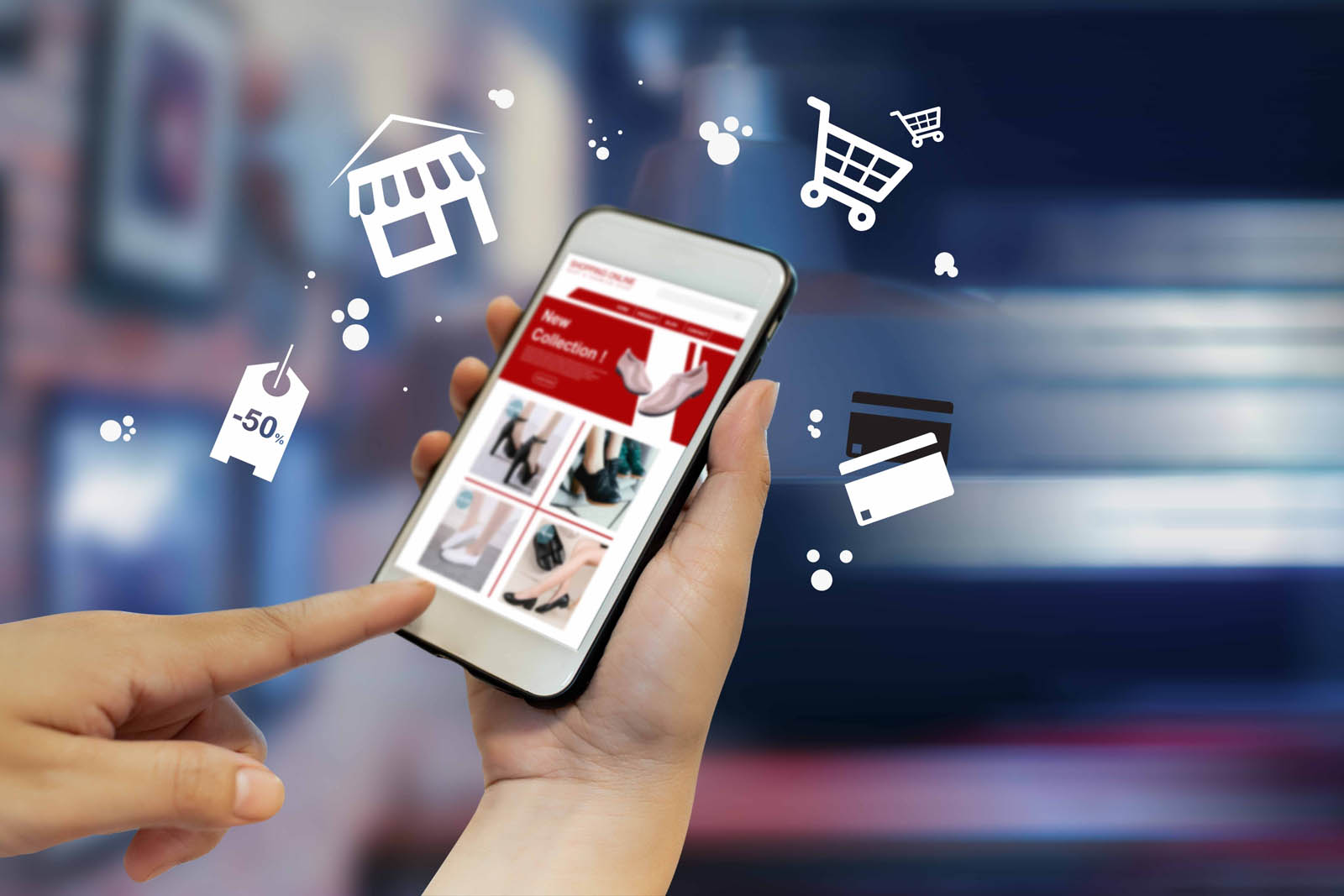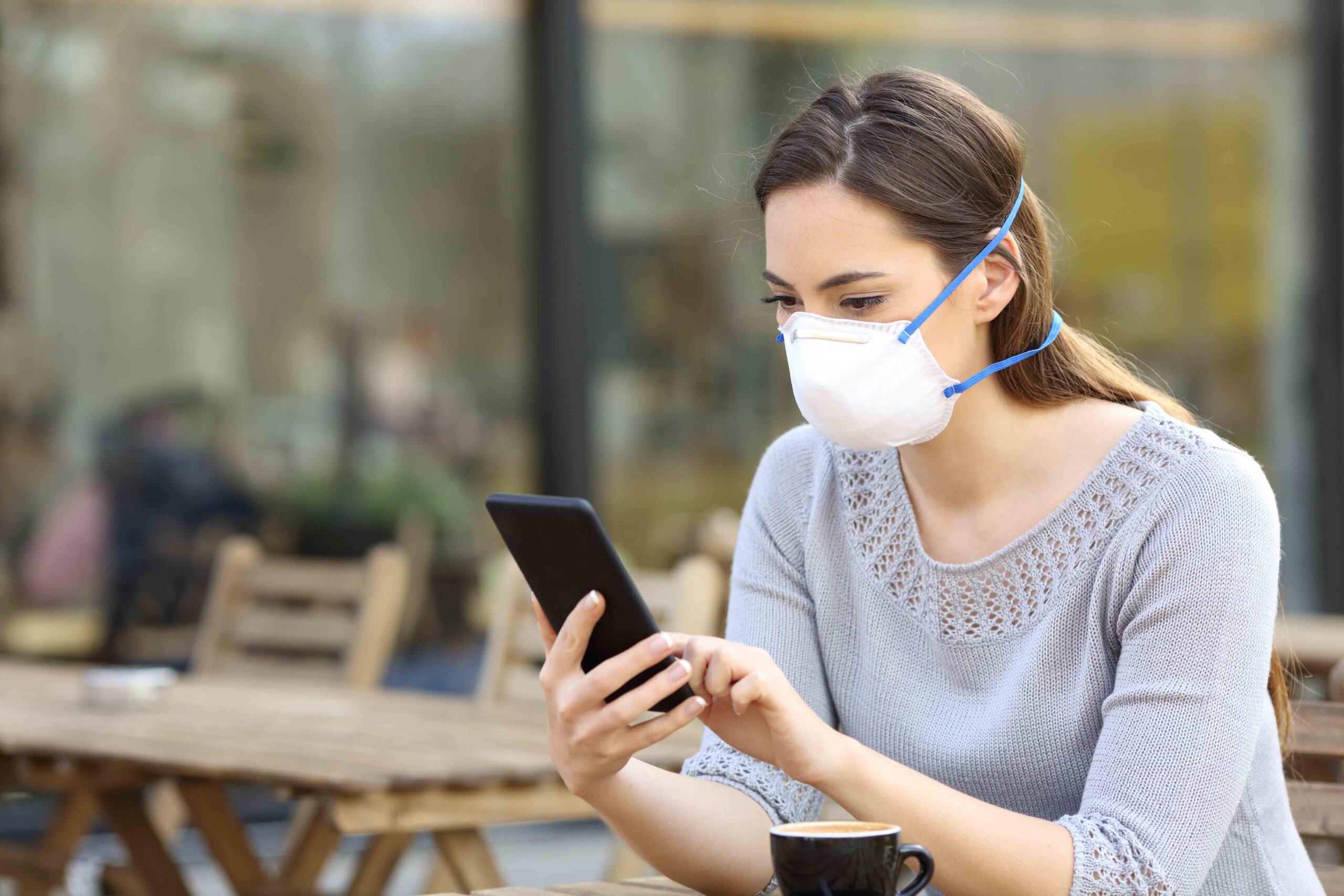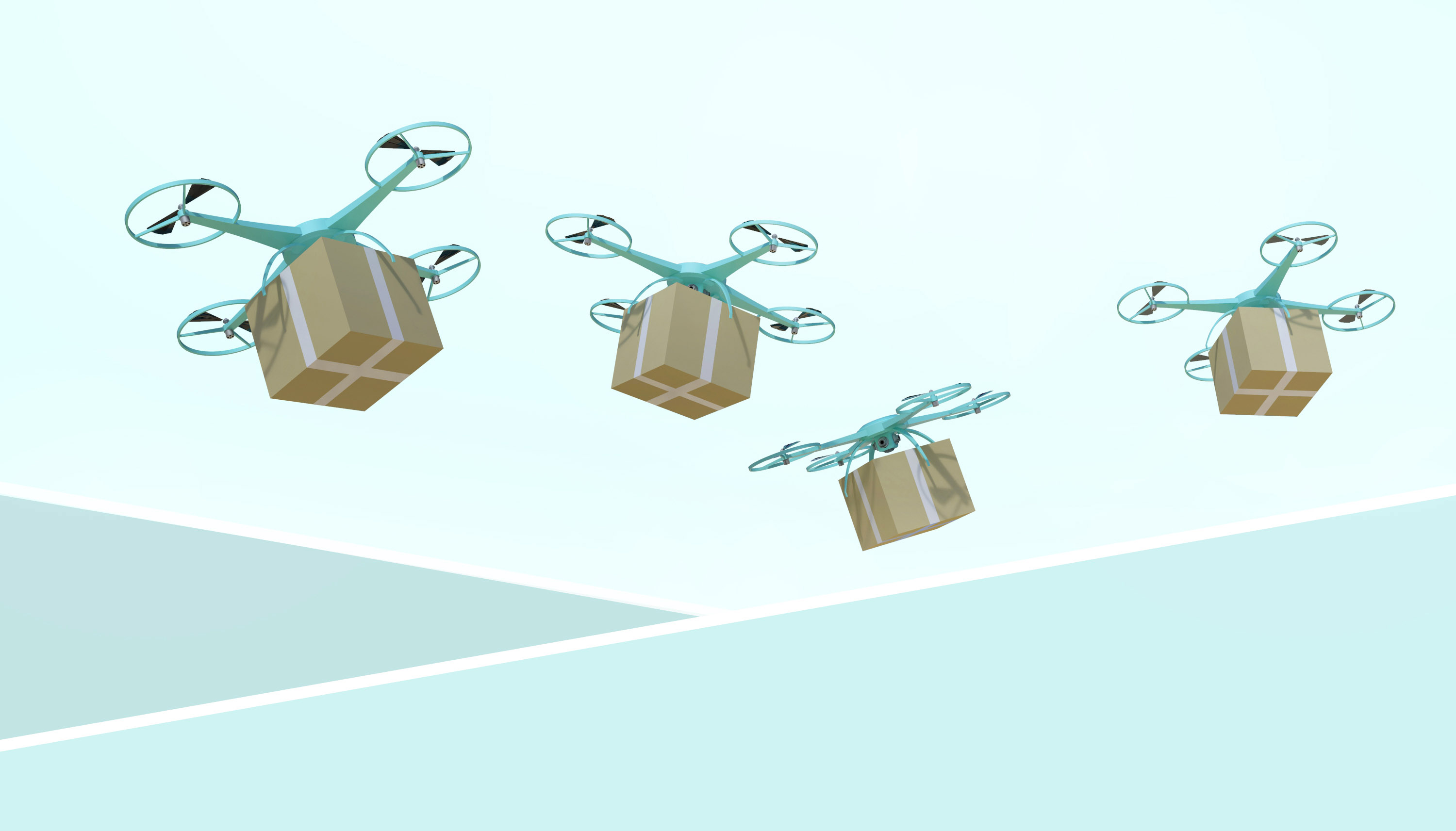
The 2021 Shopping Revolution

Zoe Honeycutt
Analytical Support Specialist, C+R Alum
With much of the United States locked down for parts of 2020 due to the COVID-19 pandemic and many schools and offices still closed, it comes as no surprise that how shoppers find and receive goods has changed radically. In reviewing the trend predictions for 2021, we hypothesize that many of these changes are predicted to remain and expand even after the immediate threat of COVID-19 passes. While shoppers’ changing behaviors were in the works before 2020, the pandemic triggered a mass acceleration in this change—and shoppers liked the new experiences.
These shopping trends go beyond the normalizing of curbside pickups or the daily mountain of Amazon orders now ubiquitous on our doorsteps. Significant changes or accelerations of burgeoning trends could be seen in how we order products, the ways we pay for them, and the ways we receive them.
Ordering
One of the common trend predictions for 2021 is the increasing ways we’ll have to “cut out the middleman” and buy goods directly from creators, including social commerce and shoppable TV.

Social commerce is the ability to buy through social media apps. Slipping away are the days of affiliate links transporting shoppers to third-party sites to buy recommendations from their favorite influencers. Their followers can now support them by purchasing merch directly from their Instagram, TikTok, or other preferred platforms. Already popular with mega-influencers like Kim Kardashian, innovations in tech-driven supply chains will allow those with smaller audiences to also get in on the action.
Shoppable TV: Have you ever watched a television show and coveted the shirt your favorite character was wearing? You wanted it but had no idea where to get it? Soon, you’ll be able to purchase the exact products featured in your favorite entertainment via apps. NBC already offers this feature for some programming and is planning to expand it to other content. If successful, expect to see other media companies follow suit.
Payments
According to some estimates, the pandemic has accelerated the adoption of payment methods that otherwise would have taken 5 to 10 years to take hold firmly. Two of the largest are social payments and buy now pay later (BNPL):
Social payments: The use of PayPal and Venmo to transfer money to and from friends and relatives has been popular for years. However, retailers are increasingly allowing customers to use these sites as legal tender, including CVS, the first major retail adopter of this trend.

Buy Now, Pay Later (BNPL) has quietly become commonplace for online purchases. BNPL allows consumers to receive goods and services upfront, then make a series of payments to pay it off without the exorbitant interest typical of credit cards. It is much the opposite of the old-fashioned layaway when installment payments were collected before the merchandise changed hands. Klarna and Affirm are two of the largest players in the BNPL space. Though BNPL currently constitutes only 5% of payments, it’s expected to double or even triple in 2021 – and to cause major disruptions to the credit card industry. Stay tuned to see how traditional finance companies react. Chase and Citibank are expected to join the trend, while Capital One has already banned using their cards for these types of transactions, citing “potential risks to customers.”
Shipment
Finally, emerging methods for the way we receive products are expected to continue to grow in 2021, specifically on-demand manufacturing and –potentially— autonomous delivery.
On-demand manufacturing is another trend that, in and of itself, isn’t new. It has been around for years, especially for sites that allow creators to sell their wares directly to customers, like Etsy or Redbubble. What makes it a growing trend is that more traditional retailers are using the principle to entice the growing market of Gen Z shoppers. On-demand manufacturing allows companies to keep minimal stock on hand. This helps them get closer to producing zero waste, potentially increasing their sustainability credibility with Gen Z, who care passionately about the environment. The tactic has also given clothing retailer Zara a reputation for staying ahead of the curve when it comes to fashion trends, an attribute other retailers may want to cultivate for themselves.

Autonomous delivery: The theory behind this trend is that the rise of at-home shopping and demand for fast, safe delivery during the pandemic may finally make self-driving and drone deliveries a wide-scale way of life in 2021. We’re bearish on this one for the immediate future. Though retailers like Walgreens and Walmart are experimenting with the technology, the costs are still simply too high to make this viable to smaller and mid-size brands, which may ultimately keep the trend from taking firm hold in 2021. Keep an eye on this one, though, because while we don’t expect it to arrive in your neighborhood in the next several months, it’s likely that in a couple of years, we’ll all wonder what we ever did without it.
Final Thoughts
The turn of a new year always elicits hopeful, visionary predictions from trend forecasters that paint pictures of the near future evocative of The Jetsons. Despite our pragmatic skepticism toward some of these trends, we’re genuinely excited to see how the ways we shop continue to morph and transform—especially as in-person avenues of shopping reopen on a larger scale.
explore featured
Case studies
